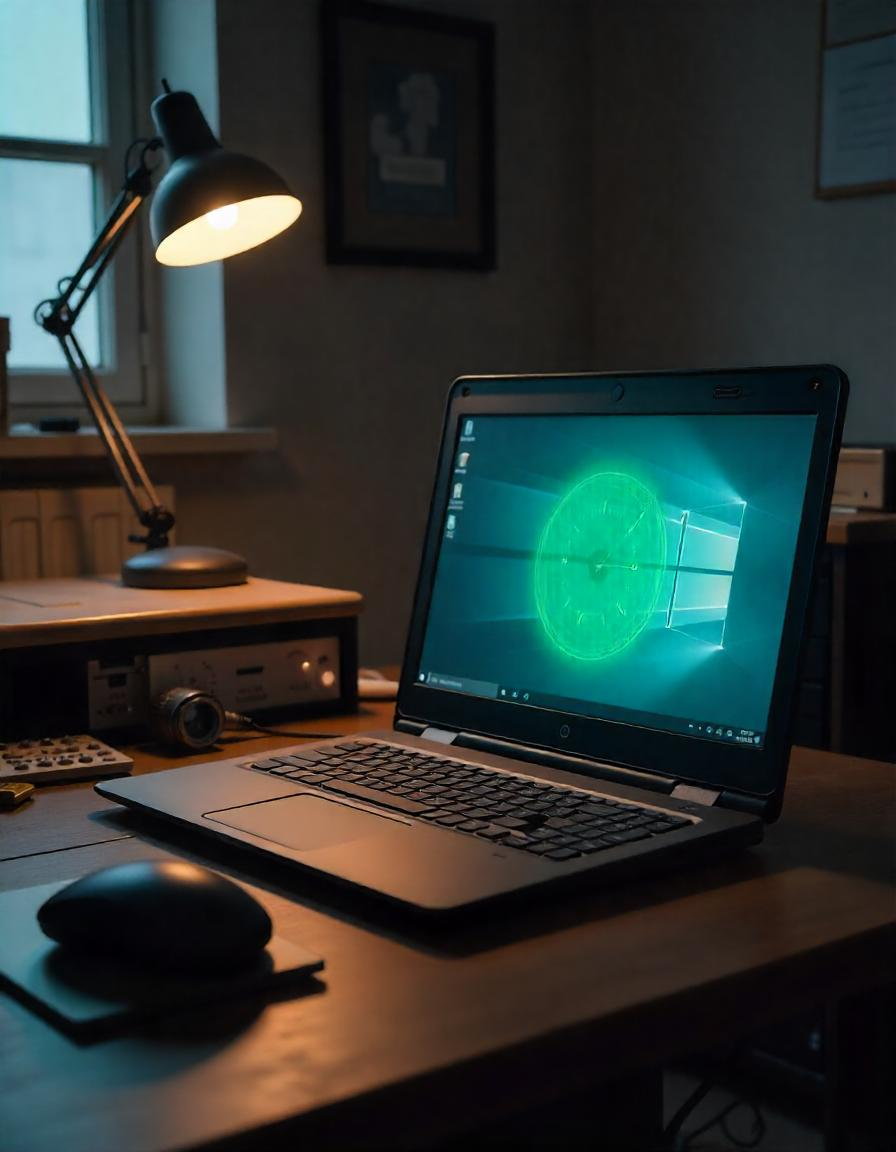Refurbished laptops have become a popular alternative for those looking to save money or reduce their environmental impact. However, while these devices can be a good option for some, they come with their own set of challenges. If you’re considering purchasing a refurbished laptop, it’s important to understand the potential drawbacks so you can make an informed decision. Below, we’ve detailed the key disadvantages of refurbished laptops.
1. Limited Warranties
Unlike new laptops that often come with extended warranties ranging from one to three years, refurbished laptops typically offer shorter warranty periods, if any at all. Many sellers only provide coverage for 30 to 90 days, leaving you with less time to identify potential defects. This limited protection can be a risk, especially if an issue arises after the warranty expires.
To minimize this problem, look for certified refurbished products that come with longer warranties, even if they cost slightly more.
2. Possible Wear and Tear
Refurbished laptops are pre-owned devices that have been restored to working condition. While refurbishers usually inspect and repair them, these laptops may still show signs of previous use. Scratches on the body, scuffed edges, or faded keys can affect the laptop’s appearance.
Additionally, some internal components might also have wear. For example, batteries often degrade with time, potentially resulting in reduced battery life compared to a brand-new model. Be prepared for these imperfections when buying refurbished.
3. Risk of Outdated Technology
One downside of refurbished laptops is they’re often older models. While this might not be an issue for basic tasks like browsing or streaming, newer software and operating systems may not perform well on outdated hardware. Compatibility issues can arise, especially with applications that demand more processing power or advanced graphics capabilities.
Before buying, assess your laptop’s specifications carefully. If you need your device for intensive tasks like video editing or gaming, a refurbished laptop might not be the best choice unless it’s been upgraded.
4. Inconsistent Quality
The quality of refurbished laptops can vary widely depending on who completed the refurbishment. A reputable seller will thoroughly inspect and repair the device, replacing faulty parts and ensuring it functions properly. However, some refurbishers may cut corners, leaving potential issues unresolved.
Without a standardized refurbishment process across the industry, there’s always a-risk of receiving a laptop that doesn’t meet your expectations. That’s why it’s crucial to research the seller’s reputation and look for reviews before making a purchase.
5. Reduced Lifespan
Refurbished laptops, by their nature, are second-hand devices. Even if they’re repaired and upgraded, they start with some level of wear on the components. This means their overall lifespan is likely shorter compared to a brand-new laptop.
For example, mechanical parts like hard drives or cooling fans may already have been in use for several years, increasing the likelihood of failure down the road. While these devices can still serve you well for a few years, it’s important to have realistic expectations about how long they’ll last.
6. Potential Lack of Customization
When buying a new laptop, you often have the option to customize components such as RAM, storage, or even the display. Refurbished laptops, however, are usually pre-configured, leaving you with fewer choices. While some refurbishers may offer upgrades, the options tend to be limited compared to what you’d get with a new model.
This lack of flexibility can be frustrating if you’re looking for a device tailored to your specific needs.
Final Thoughts
While refurbished laptops can be an affordable and eco-friendly choice, they’re not without their challenges. Limited warranties, potential wear and tear, and the risk of outdated technology are all factors to consider before making your purchase. The key is to weigh these disadvantages against your budget and requirements.
If you do decide to go the refurbished route, prioritize buying from reputable sellers, check reviews, and choose models that come with strong warranties or certifications. Being aware of these potential downsides and doing your homework will help you make a more confident decision when investing in a refurbished laptop.

